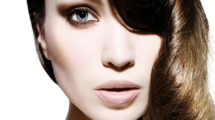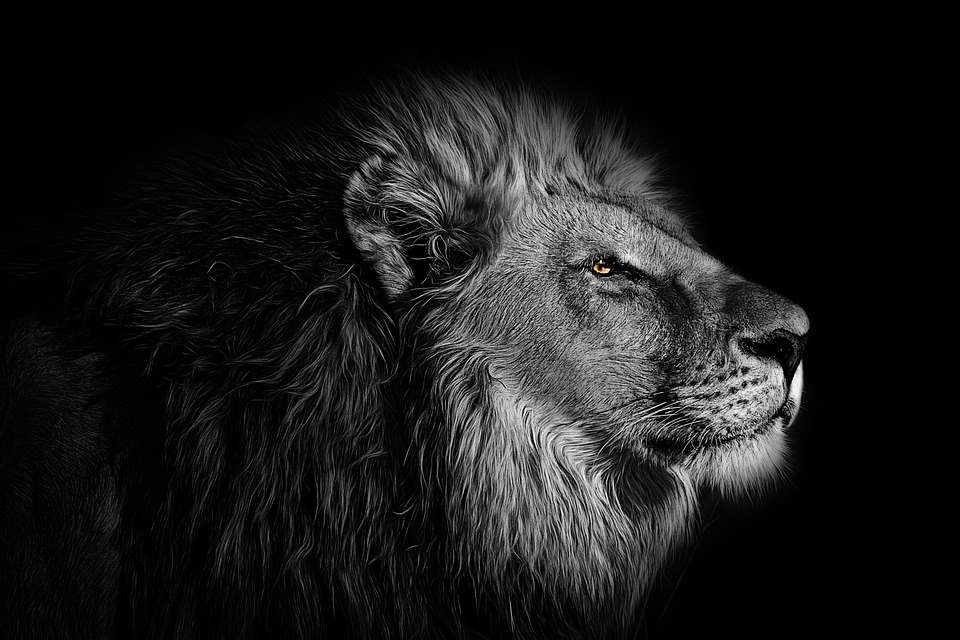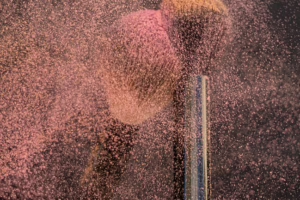The Music of Enchantment: A Deep Dive into the Soundtrack of Beauty and the Beast
Introduction
Disney’s Beauty and the Beast has become a cultural cornerstone since its debut in 1991. The film, adapted from the classic French fairy tale, is not only memorable for its enchanting story and striking visuals but also for its unforgettable music. The soundtrack plays a pivotal role in conveying the film’s themes of love, acceptance, and transformation. This deep dive will explore the musical landscape of Beauty and the Beast, analyzing its score, the iconic songs, and the profound impact that music has on storytelling within the film.
Historical Context
The early 1990s marked a renaissance for Disney animation, with Beauty and the Beast being one of the first fully animated features to be nominated for an Academy Award for Best Picture. Composers Alan Menken and lyricist Howard Ashman were at the forefront of this renaissance, having previously collaborated on The Little Mermaid. Their partnership in Beauty and the Beast would solidify their legacies in animation and musical theater.
The Collaborative Genius of Menken and Ashman
Alan Menken’s lush melodies and Howard Ashman’s poignant lyrics not only heightened the emotional depth of the narrative but also helped cultivate a musical style that defined Disney’s animated films during this period. Menken’s ability to weave various musical influences into his compositions—ranging from Broadway to classical to pop—allowed for a diverse auditory experience.
The Influence of Broadway
The influence of Broadway on Beauty and the Beast is evident in its structure. The songs are crafted to resonate on both an emotional and narrative level, encapsulating character development, plot progression, and thematic elements. Tracks like "Belle" and "Be Our Guest" are not merely musical interludes; they serve as integral parts of the storytelling process.
The Signature Tracks
The soundtrack features several key songs that have transcended the film to become iconic in their own right. Analyzing these tracks reveals not only their lyrical content but also how they enhance character arcs and thematic development.
"Belle"
The film opens with "Belle," a song that introduces both the protagonist and the world she inhabits. The use of a broad musical motif sets the stage, emphasizing Belle’s yearning for something more than her provincial life. The lyrics encapsulate her dreams and desires while painting a vivid portrait of the townspeople who are oblivious to her struggles. Menken’s sweeping melodies align with Ashman’s clever lyrics, giving listeners immediate insight into Belle’s character.
"Be Our Guest"
This show-stopping number exemplifies the whimsical atmosphere of the Beast’s enchanted castle. It not only serves as a diversion for Belle during her captivity but also showcases the other enchanted objects who breathe life into the narrative. The upbeat tempo and intricate choreography of the animated sequence highlight the film’s playful side. On a deeper level, it also underscores the theme of hospitality and acceptance, contrasting Belle’s initial fears with the warmth of her newfound friends.
"Something There"
"Something There" marks a poignant moment in the film, transitioning from fear to the budding romance between Belle and the Beast. The song encapsulates the transformative power of love, a recurring theme throughout the film. Menken’s melody beautifully reflects the characters’ emotions while Ashman’s lyrics express their inner conflicts and growing attraction. This duality humanizes the Beast, allowing audiences to empathize with his journey.
"Beauty and the Beast"
Arguably the most famous song from the film, "Beauty and the Beast" serves as a thematic anchor. Performed by Mrs. Potts (voiced by Angela Lansbury in the original film), this ballad encapsulates the core message of the story: true beauty lies within. The lullaby-like quality of the melody, combined with the gentle yet impactful lyrics, reinforces the film’s overarching themes of love and acceptance. This song resonates deeply with audiences, leaving a lasting emotional imprint.
The Role of Instrumentation
The orchestration of the Beauty and the Beast soundtrack plays a crucial role in shaping its emotional landscape. Menken employs a rich tapestry of instruments to convey different moods, from the whimsical feels of "Be Our Guest" to the haunting beauty of "The Last Petal."
Orchestration Techniques
Menken often uses strings and woodwinds to create a sense of warmth and intimacy, especially during softer moments between Belle and the Beast. The sweeping orchestrations infuse the film with a fairy-tale quality, enhancing its magical atmosphere. Percussion elements are used strategically to accentuate moments of tension and drama, such as during the "Battle on the Castle" sequence.
Bridging Classical and Contemporary
Menken’s ability to blend classical techniques with contemporary flair allows Beauty and the Beast to appeal to a wide audience. The haunting melodies resonate with adults while remaining catchy and accessible for children, ensuring the film’s timelessness.
The Broadway Adaptation
In 1994, Beauty and the Beast was adapted for the stage, further solidifying the film’s impact on the world of musical theater. The Broadway version featured additional songs by Menken and Ashman, enriching the narrative and deepening character development.
Expanding the Score
The Broadway adaptation introduces songs such as "If I Can’t Love Her," a powerful ballad reflecting the Beast’s internal struggle. This addition provides a more profound understanding of his character, emphasizing the emotional stakes involved in his relationship with Belle. The expanded score transforms the story from a film into a full-fledged musical experience, allowing audiences to explore its themes in more depth.
The Continuing Legacy
The success of the Broadway adaptation demonstrates the staying power of the original score. It showcases how music can transform storytelling, making the narrative more accessible and resonant to audiences across various platforms. The songs have continued to find life in various productions, performances, and even in Disney’s live-action remake of the film.
Cultural Impact and Reception
The music of Beauty and the Beast has left an indelible mark on both popular culture and the landscape of musical theater. The film’s score has influenced countless artists, musicians, and filmmakers, contributing to its status as a classic.
Awards and Recognition
The film’s soundtrack has received numerous accolades, including two Academy Awards for Best Original Song ("Beauty and the Beast") and Best Original Score, alongside a Grammy Award for Best Soundtrack Album. These honors reflect not only the quality of the music but also its cultural significance in the landscape of animated films.
Influence on Future Disney Projects
The success of Beauty and the Beast established a template for future Disney films, emphasizing the importance of musical storytelling. This influence can be observed in subsequent animated classics, such as The Lion King, Aladdin, and Frozen, where music plays a vital role in character development and narrative structure.
Themes and Messages
The music of Beauty and the Beast encapsulates several key themes, which resonate deeply with audiences across generations. These themes underscore the film’s messages about love, transformation, and the nature of true beauty.
The Transformative Power of Love
One of the central themes developed through the music is the transformative power of love. As characters navigate their fears and prejudices, the score captures their emotional journeys, demonstrating how love can lead to understanding and acceptance. The melodies accompanying Belle and the Beast’s relationship illustrate how their connection fosters growth and change.
Beauty Beyond Appearances
The tale itself explores the notion that true beauty lies beyond physical appearances. The soundtrack reinforces this message in several ways, especially through the titular song, "Beauty and the Beast." The music encourages listeners to look beyond societal norms and question the nature of beauty itself—an important lesson in today’s world.
Acceptance and Community
The film also emphasizes the importance of acceptance and community, as seen in the ensemble pieces like "Be Our Guest." The song serves as an invitation for Belle to join a community that embraces her individuality, contrasting sharply with her earlier experiences in the provincial town. This theme resonates with audiences who seek belonging and understanding in their own lives.
Conclusion
The music of Beauty and the Beast is more than just an auditory experience; it is a vital component of the film’s storytelling. Through the collaboration of Alan Menken and Howard Ashman, the soundtrack enriches the narrative, offering emotional depth and thematic resonance. From the soaring melodies to the poignant lyrics, the music invites audiences to journey alongside its characters, navigating love, acceptance, and transformation.
As Beauty and the Beast continues to enchant new generations, its soundtrack remains a testament to the enduring power of music in storytelling, reinforcing the essential truth that true beauty lies within, waiting to be discovered.
References
- Beauty and the Beast, Directed by Gary Trousdale and Kirk Wise, Walt Disney Animation Studios, 1991.
- Menken, Alan and Ashman, Howard. Beauty and the Beast: Original Motion Picture Soundtrack. Walt Disney Records, 1991.
- The New York Times. "Disney Dominates Oscars, Boardroom to Broadway," 1994.
- Duffy, Mike. The Art of Disney Films: Beauty and the Beast. Routledge, 2020.
- Morris, A. "From Fairy Tale to Broadway: The Musical Journey of Beauty and the Beast," Journal of Musical Theatre Studies, vol. 15, no. 2, 2018, pp. 37-53.
This exploration encapsulates the significance of the soundtrack in conveying the narrative of Beauty and the Beast, showcasing the collaborative brilliance of Menken and Ashman while highlighting its impact on popular culture and the broader landscape of musical storytelling.


























Add Comment